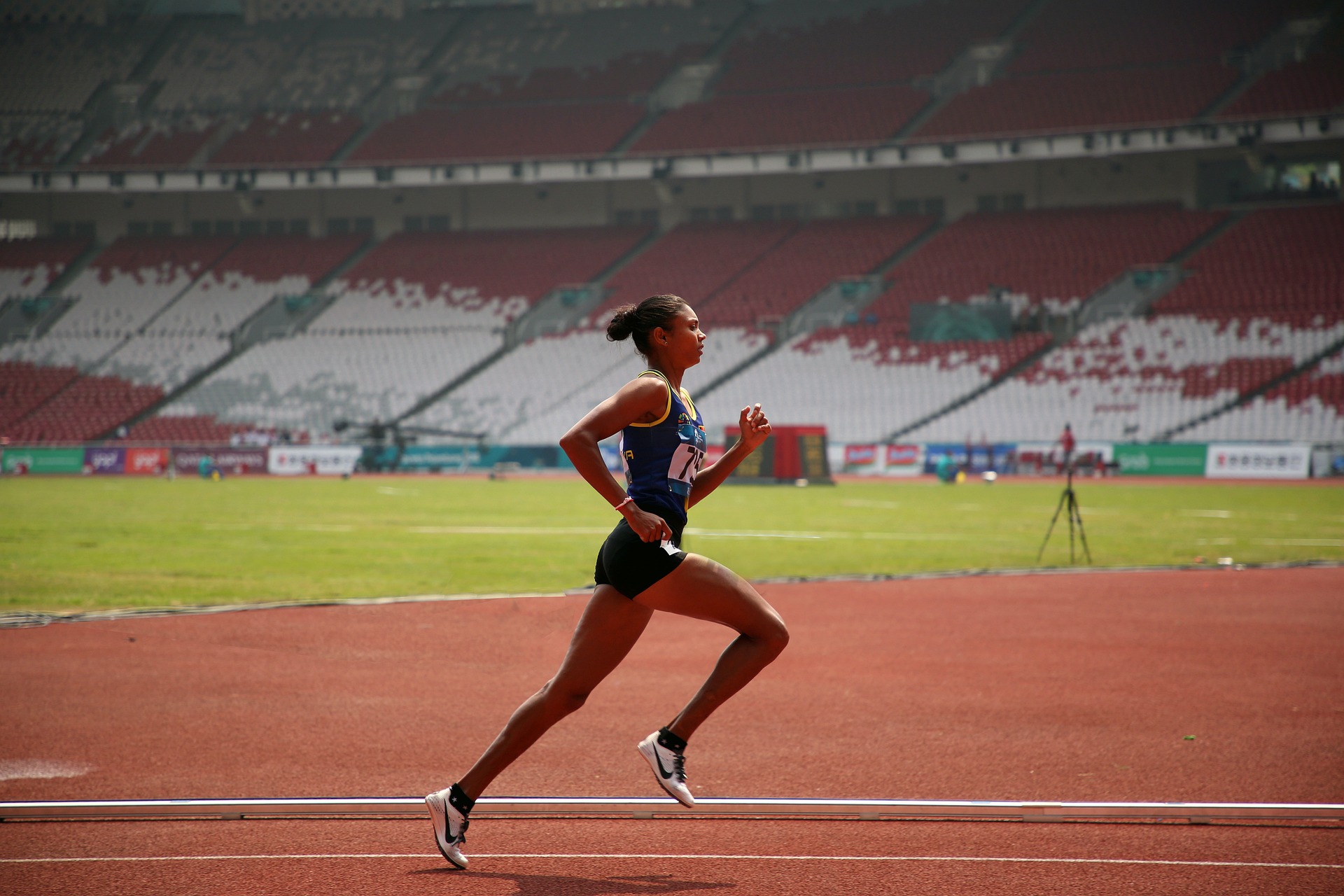The Intricacies of Periodization: Elevating Athlete Performance in Modern Sports
Predicting and monitoring the performance of athletes is a complex but crucial task in sports science. One of the primary methodologies embraced by leading sports entities around the world is periodization. This approach structures training into discrete phases, targeting various physical abilities to help athletes achieve their peak condition optimally and systematically.

Unraveling the Concept of Periodization
Periodization is a sophisticated construct focused on the division of an athlete’s training program into various periods or cycles. Each phase targets a specific facet of fitness, structured systematically to balance development and recovery. The ultimate aim is to ensure the athlete is in optimal condition at key times of competition. This concept, crucial to nuanced athletes’ management, helps prevent overtraining and facilitates recovery, adaptation, and enhanced performance.
Acute and Chronic Cycles in Periodization
In periodization, the training cycle is conceptualized in terms of both acute and chronic phases. The acute phase – often called the microcycle – lasts about a week and focuses on short-term improvements. The chronic phase, or macrocycle, can span months or even an entire competitive season, aimed at long-term development and strategic objectives. These cycles align with the natural patterns of biological adaptation, ensuring more efficient and effective training outcomes.
The Pillars of a Balanced Periodization Plan
A balanced periodization plan facilitates athletes’ optimal readiness for competition by addressing multiple facets of fitness, including endurance, strength, speed, and skill. These aspects are developed in an interrelated manner, with emphasis shifting from one to another as the competition approaches. Experts believe that this phased and balanced training approach nurtures physiological adaptations that contribute to peak athletic performance.
Individualizing Periodization for Optimal Outcomes
Each athlete is unique, with distinct physiological characteristics, training history, and competitive objectives. A “one-size-fits-all” approach to periodization won’t work. The modern approach demands close observation, accurate assessments, and continual adjustments to ensure the optimal alignment of periodization strategies with personalized athlete goals. This individualization ensures athletes achieve their peak performance exactly when needed.
Periodization in Team Sports
Periodization is not exclusive to individual sports; it’s becoming increasingly popular in team sports as well. The challenge lies in aligning the mixed objectives of an entire team. It demands meticulous planning, seamless communication among coaches and athletes, and a responsive approach to adapt the plan as the season progresses.
- Periodization requires careful planning, with training cycles designed around important competition dates.
- Periodization strategies should be synchronized with each athlete’s long-term goals and short-term targets.
- Overtraining and burnout can be effectively managed through efficient periodization.
- Integrating periodization strategy in team sports can enhance team fitness, skill development, and strategizing.
In conclusion, periodization is a fundamental tool in sports science, guiding athletes toward a timely peak in performance. Emerging studies and technological tools are refining this methodology, supporting more personalized, responsive, and effective programs. As the sporting world evolves, embracing the intricacies of periodization promises a future of impressive athletic achievements.




